Why Do We Celebrate Four Navratri in a Year?
Most of us are familiar with the vibrant Sharad Navratri, the music, the fasting, the Durga pandals. But did you know there are actually four Navratris celebrated each year? Each of them holds deep spiritual significance and connects us to different aspects of Goddess Durga.
While all four Navratris are dedicated to the forms of Durga, each period brings a unique opportunity for devotees. Whether it’s the time to set new intentions, cleanse the mind, or seek deeper transformation, the Divine Mother reveals herself differently in every Navratri.
Marks the start of the Hindu year and invokes fresh energy and divine guidance.
या देवी सर्वभूतेषु शक्ति-रूपेण संस्थिता।
नमस्तस्यै नमस्तस्यै नमस्तस्यै नमो नमः॥
Meaning:
Salutations again and again to the Goddess who dwells in all beings as strength and energy.
Chaitra Navratri (March–April): A Time for Renewal
Falling in spring, Chaitra Navratri marks the beginning of the Hindu New Year in many parts of India. It is considered a time of growth and fresh beginnings. The nine forms of Durga starting from Shailputri to Siddhidatri are worshipped across the nine days. This is also when Rudralife performs the Nav Chandi Maha Puja, a powerful sankalp puja devoted to all nine forms of Durga, seeking her blessings for protection, health, and inner strength.
During this time, wearing a 9 Mukhi Rudraksha is considered extremely beneficial. It represents the collective energy of the nine forms of Durga and helps in building courage, confidence, and clarity perfect for starting something new.
Sharad Navratri (September–October): The Festival of Triumph
Sharad Navratri is the most widely celebrated of the four. It commemorates the victory of Goddess Durga over Mahishasura, symbolizing the triumph of good over evil. The days are marked with fasting, devotional songs, and Garba nights. Spiritually, it’s a time to seek strength and protection from negativity. The 9 Mukhi Rudraksha, which embodies the fierce yet motherly energy of Durga, is often worn by devotees during this period to stay focused and fearless.
Two Gupt Navratri: The Hidden Strength Within
The other two Navratri Magha Navaratri (Jan–Feb) and Ashadha Navratri (June–July) are called Gupt Navratris, or the “hidden” Navratris. These are not commonly celebrated in public, but are highly significant for spiritual seekers. The practices here are more inward, quiet, and meditative.
During these times, the focus moves beyond the well-known Nav-Durgas to deeper and more transformative goddesses such as Baglamukhi, Tara, Bhairavi, Chhinnamasta, Matangi, and Dhumavati. These forms deal with knowledge, protection from negative forces, silence, and liberation from fear.
For those undertaking spiritual practices or internal reflection during Gupt Navratri, the 9 Mukhi Rudraksha is known to provide strength and mental stability. It shields the wearer from fear, supports emotional balance, and helps in facing the unknown qualities deeply aligned with the essence of these two Navratris.
Navratri isn’t just about rituals, it’s a way to connect with the nurturing, protective, and transformative power of the divine feminine. With every Navratri, we are gifted the chance to pause, realign, and draw strength from within. And when supported with sacred tools like Rudraksha and age-old rituals like Rudralife’s Navchandi Maha Puja, this journey becomes even more meaningful.










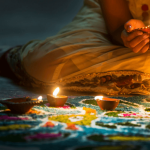
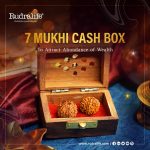

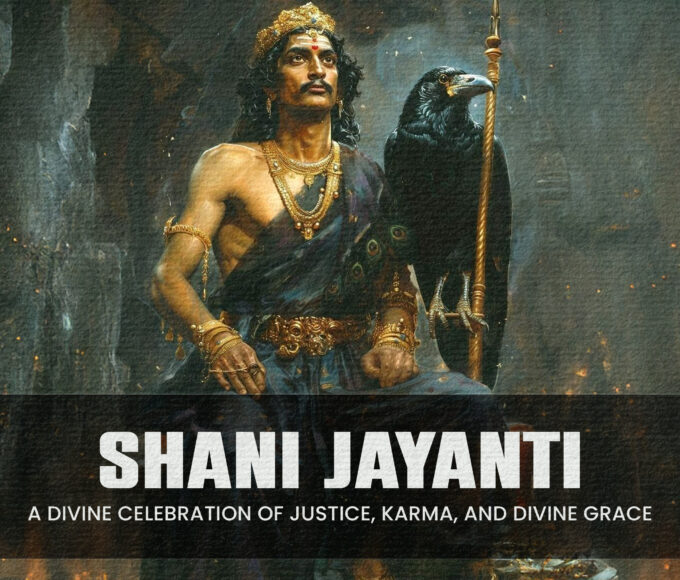
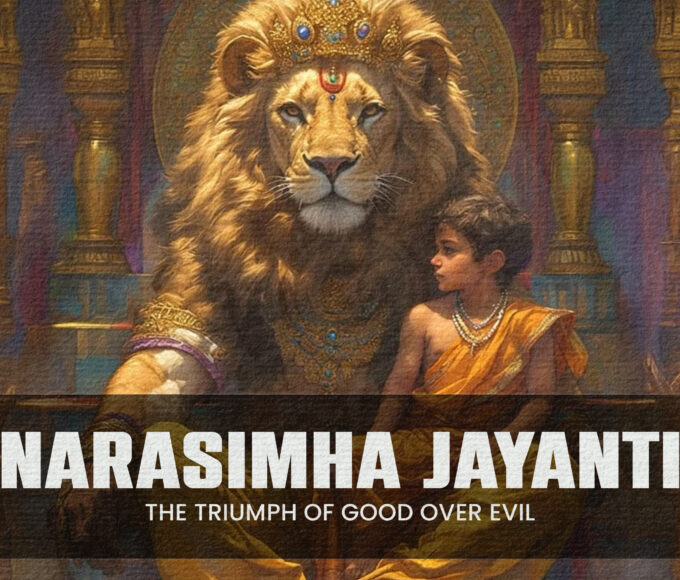
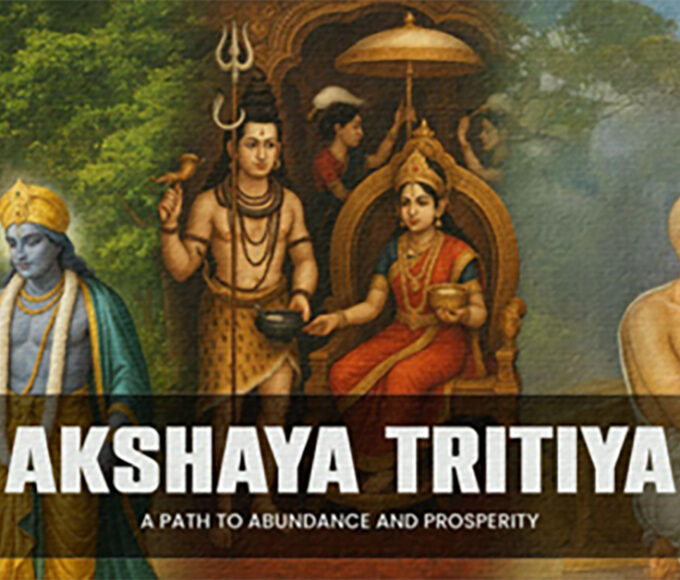

Leave a comment